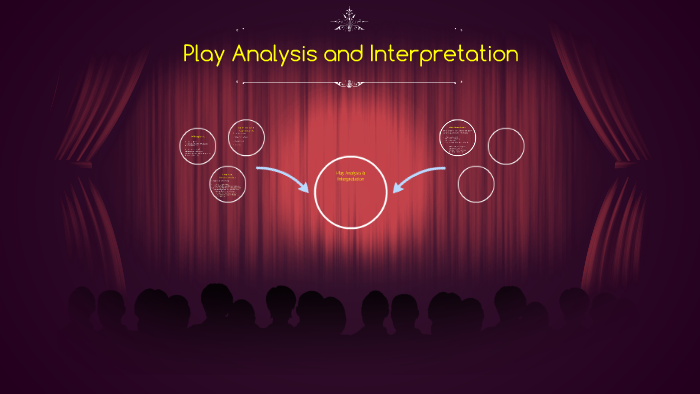
60 Additionally, female athletes tend to be more forthcoming in reporting their concussion-related symptoms. 55, 56 Recent research suggests that menstrual cycle phase and serum progesterone concentration at the time of a concussive injury are predictive of outcomes among women. 14, 49 Several studies have reported that shorter neck dimensions, less head mass, and narrower neck girth result in less neck strength in female than male athletes, which predisposes girls and women to greater head-neck acceleration during impacts. Proposed explanations for these sex-based differences include physical and physiologic aspects, hormonal effects of estrogen and progesterone, and gender norms of behavior. 7, 13, 14, 50, 57 Research also suggests that female athletes have more prolonged concussion-related symptoms than their male counterparts. 34 Further, female athletes have demonstrated higher postconcussive symptom (PCS) scores, have slower reaction times compared with baseline, exhibit greater cognitive decline, and take longer to RTP after experiencing SRC in comparison with males playing comparable sports. 27, 43, 63 Additionally, female-dominated sports, such as cheerleading, have high rates of concussion. 27, 43, 63 Even with intentional body-checking prohibited in women’s ice hockey and permitted in male ice hockey, female hockey players sustain nearly equivalent rates of concussion relative to male hockey players. 14, 17, 57 Women’s soccer, softball, and basketball have higher incidence rates of concussion than male-equivalent sports.

Such research has shown that female athletes may be more likely to sustain a concussion while playing sports than their male counterparts. Sex-based differences regarding the incidence and outcomes of SRC have been reported. 63 Across comparable sports at the high school and NCAA levels, studies have shown that female athletes experience higher rates of concussion than male athletes. 43 At the NCAA level, SRC rates per 10,000 AEs are highest in men’s ice hockey (7.91), women’s ice hockey (7.5), football (6.71), and women’s soccer (6.31). 63 In high school athletics, the incidence of SRC is highest in football, boys’ lacrosse, and girls’ soccer, with 9.21, 6.65, and 6.11 concussions occurring per 10,000 athlete-exposures (AEs), respectively. 61, 63 Recent studies demonstrate that SRCs account for nearly 15% of athletic injuries among high school athletes 40 and 6.2% of reported injuries among NCAA athletes. 1Īnalysis of SRC data collected over the past 20 years demonstrates an upward trend in concussion injury rates at both the high school and collegiate level, which is likely attributable to increased identification and reporting. In 2010, the NCAA Executive Committee adopted a new concussion policy mandating annual concussion education for athletes and coaches, immediate removal from play, elimination of same-day return, and a process for medical clearance. 33 To reduce the impact of sport-related concussions (SRCs), state legislatures and the National Collegiate Athletic Association (NCAA) have implemented guidelines for medical management and return to play (RTP) after this injury. In the United States, an estimated 1.6 to 3.8 million sports and recreational concussions occur annually.

Given recent public health concerns related to concussions, there has been an increase in awareness and media coverage surrounding this injury.


 0 kommentar(er)
0 kommentar(er)
